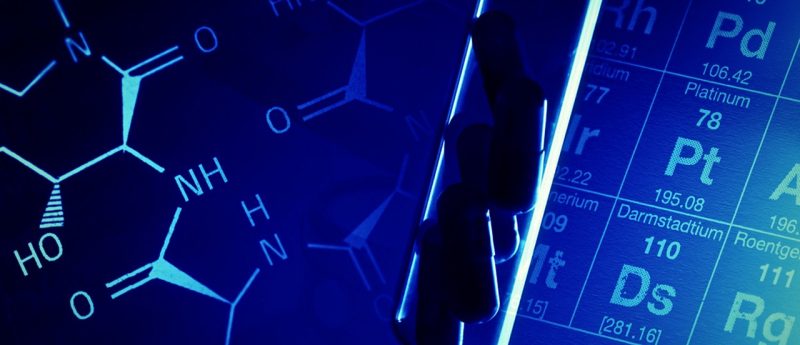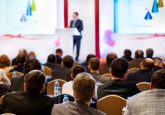Electrochemiluminescence in bioanalysis

The discovery of electrochemiluminescence (ECL) and its development as a means of detection is truly a success story. Although studies describing ECL were published in the early 1960s, most studies using ECL as a means of detection were not widely published until the mid 1990s. Incorporating ECL into assays provides increased sensitivity, several logs of dynamic range and the ability to electronically control the reaction. These characteristics provide advantages over assays that rely on radioisotopic labels, fluorescence and enzymatic activity. There have been many areas of science that have benefited from the use of ECL, including environmental microbiology, virology, neurobiology,...




